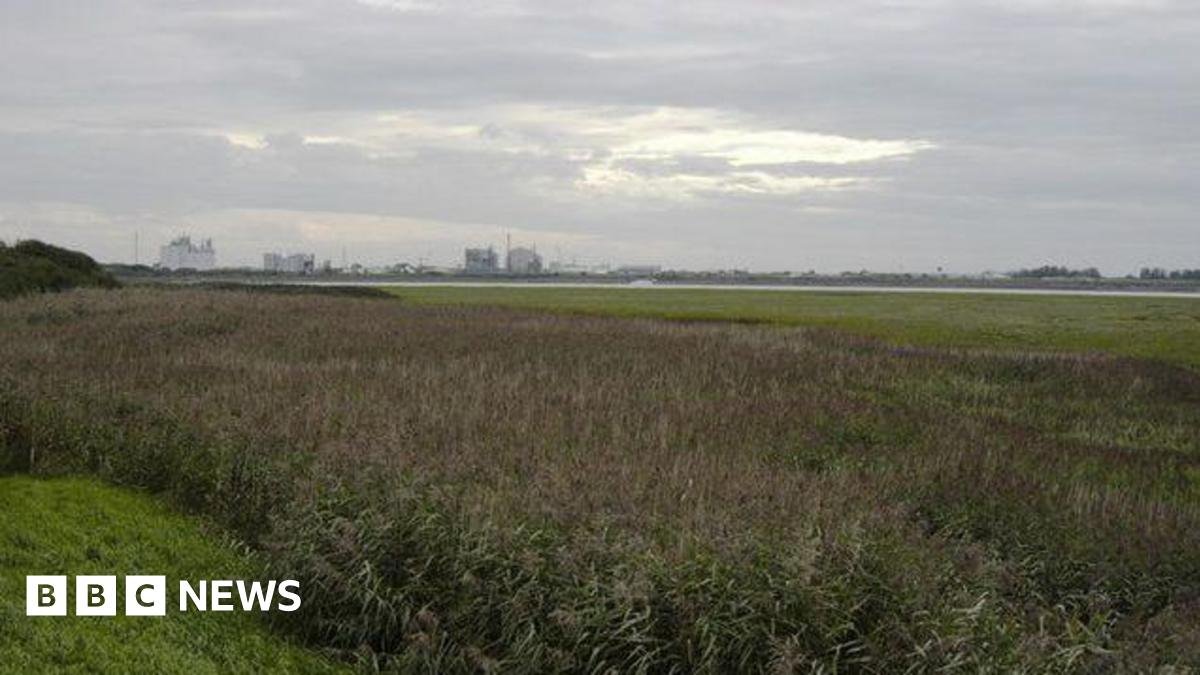He told BBC Radio Lancashire the case was “unprecedented” in the area.
“It doesn’t make sense to me to allow any more development on top of land that in six to 12 months we could be saying is contaminated and the polluter is required to clean it all up,” Mr Vincent said.
Initial tests found that, in some cases, the levels of PFOA in land close to the former chemical plant exceeded those acceptable for growing vegetables for private consumption.
More detailed tests are being carried out on 22 areas of land by the Environment Agency (EA).
Mr Vincent told the Local Democracy Reporting Service if the EA concluded the level of PFOA in the soil around the site posed “a serious threat to health and safety”, the local authority would issue a contaminated land notice which would give it greater power over the future use of the area in question.
However, until then he said the authority did not have any power to deny permission to build.
The council said ICI, and subsequent site owner AGC Chemicals, were permitted to use the substance from the 1950s to 2012.
Per-and poly fluoroalkyl substances (PFAS) are nicknamed “forever chemicals” because they are difficult to break down in the environment.
They were used in the production of everyday items such as non-stick pans and waterproof clothing.
Many PFAS, including PFOA, have prompted health and environmental concerns and have been linked to cancer and fertility issues.







